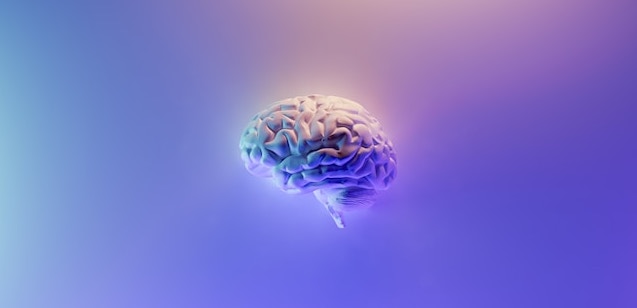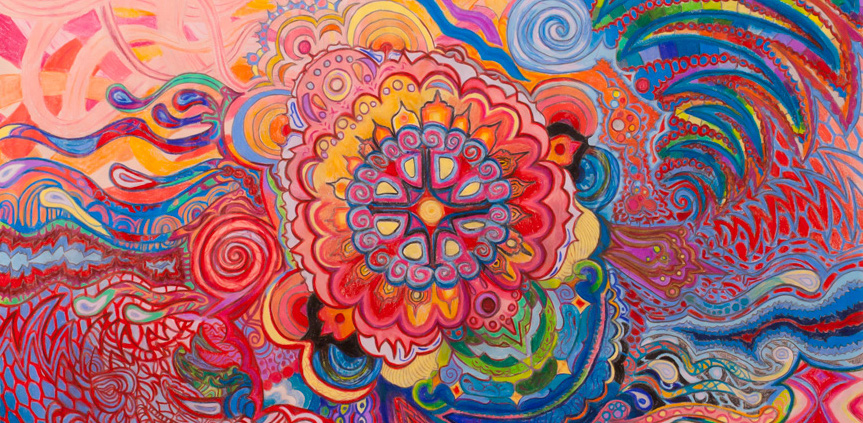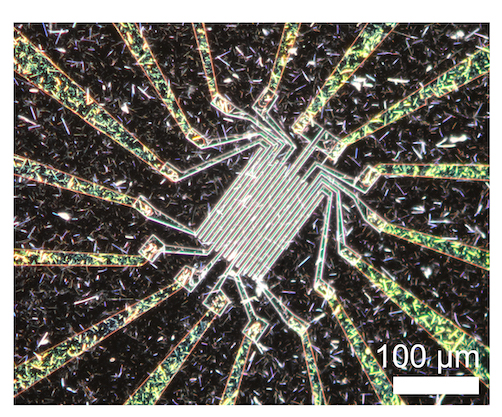So, how are psychedelics able to do that?
Yep, there’s still a lot to learn about hallucinations, period. And testing psychedelics on humans to find the answers can be tricky, both legally and ethically. Lots of grey areas! But what if, at least for testing purposes, something can replace the human brain..?
Scientists from the University of Geneva and Imperial College London have begun to use artificial intelligence (or AI) as a “guinea pig” to test virtual psychedelics. And with any luck, they might even tap into the “source code” of the psychedelic experience, using a near-perfect replica of your mind.
Deep Neural Network
A.I. can used for machine learning, such as facial recognition and the “deep fake” imagery (or hyper-realistic copies of human faces) that has colonised the internet. All thanks to a technological feat called a deep neural network. You could say it’s an artificial brain, but equipped with more links for “thinking” than humans.
Michael Schartner, a neuroscientist at the International Brain Laboratory in Lisbon, says that AI may show how psychedelics alter consciousness.
“Brains contain an internal model of the world which is constantly updated via sensory information, and some parts of this model are consciously perceived (i.e. experienced).

“If this process of model-updating is [upset] – e.g. via psychedelics – the internal model can go off the rails.
“The process of [making] ‘natural’ images with deep neural networks can be [upset] in visually similar ways, and may offer mechanistic insights into its biological counterpart…”
So, a deep neural network can “sense” things the way a human brain does — at least when it comes to recognizing, or even “inventing”, faces. But why stop there? What if you spiked the robotic Kool-Aid with some tasty digital hallucinogens…?
Digital Drugs
Of course, before they could test psychedelics on AI, they had to create a virtual version of a drug. Which in this case is digital DMT. Mainly because its effects are short (5 to 20 minutes), and its artificial version has been likened to its natural counterpart, ayahuasca.
Using deep neural networks, they mimicked the patterns of real DMT. This digital version was then given for the AI host to “eat”. What happens next can be read in a paper at Neuroscience of Consciousness, co-authored by Schartner and Christopher Timmermann.

After the AI ate the digital DMT, it began to show signs of tripping out. For instance, an image of a (non-existent) woman that it saw in its brain, quickly became “noisy” and distorted. Trippy, indeed!
Decoding Hallucinations
This is one step closer to decoding hallucinations (and the psychedelic experience, as a whole) in a way that can be measured by raw numbers. Future studies will use A.I. to map out other psychedelic experiences, like out-of-body sensations, for example.
“[It’s] still far from clear,” said Schartner. “The ventral visual stream in human brains seems key for visual experiences, but is certainly not sufficient.
“Also, the exact role of serotonin in the gating of sensory information is still to be explained.”
Schartner is, of course, referring to the serotonin receptors in the brain. These guys take signals from converted psychedelic compounds (like psilocin), and trigger a hallucination.
It still doesn’t explain why our consciousness is altered, though. But with this nifty new application of AI, we might be able to get answers real soon.
Tool for Psychedelic Research
There are benefits to using A.I. as a tool in psychedelic research. By replacing human brains with AI, scientists are able to escape strict drug laws which often restrict their progress, in the name of “public safety”. At least for now, anyway.
(Y’see human testing is always the last step for a new drug to be approved.)
Says Schartner:
“Psychedelics are not only an important tool for fundamental research about the mind-body problem. They also showed promising results in the treatment of depression and anxiety.”
If Schartner can prove that deep neural networks can test specific drugs, then maybe our lawmakers will be less wary of psychedelics…
No-one will be a guinea pig at Phase I trials if artificial intelligence is the test subject. Ineffective meds can be tossed right away… and only the effective ones can move on to Phase II & III with human subjects.
Do Androids Dream of Electric Sheep?
Artificial intelligence is a tool that raises more questions than answers. Would you believe that neuromorphic chips have more in common with human brains, than with laptops?

We need not worry about a robot apocalypse just yet. Deep neural networks are still quite new. Also, if A.I. is steered in the right direction — such as research for psychedelic-based therapy — then we may prove these sci-fi horror flicks wrong just yet.
Says Schartner:
“Deep neural networks – the workhorse of many impressive engineering feats of machine learning – are the state-of-the-art model for parts of the visual system in humans.
“They can help illustrate how psychedelics [change] perception.”
What do you think? Will AI manage to mimic the entire psychedelic experience? And where does that leave us, flesh-and-blood psychonauts?
Share your thoughts down below!





